The User's Voice: Shaping the Future of Humanized Robotic Interaction
In robotics, the significance of human robot interaction (HRI) is increasing constantly with focus on a more empathetic and effective communication between humans and machines. In this blog, we will explore how user feedback is integral to refining robotic systems and their behavior, making them more intuitive, responsive, and aligned with human needs and emotions.
We will discuss how ongoing feedback, personalization, and user-centric design are enhancing the functionality of robots and enriching the human experience with them. By exploring these key aspects, we will get a glimpse into a future where robots are not just tools, but empathetic, adaptive partners in our daily lives.
User Feedback Loops: Iterative Improvements in Robotic Interfaces
With the help of user feedback loops, robotic systems are not just becoming technologically advanced but also accustomed to human interaction. This ensures that as robotics progress, they do so with a deep understanding of human sentiments.
Let’s explore the critical role of continuous feedback in refining human robot interaction:
- Iterative Learning and Adaption: Robots evolve through ongoing user feedback, mirroring the human process of learning and adapting. This continuous cycle of receiving and incorporating feedback enables robots to progressively refine their algorithms and behaviors. It ensures their actions and decisions are increasingly in sync with user expectations and real-world scenarios.
- Error Identification and Correction: Regular feedback helps pinpoint and fix errors in robotic systems, enhancing their reliability and functionality. By analyzing user interactions and responses, robots can identify discrepancies and malfunctions in their operations. This continuous process of error detection and correction not only improves the current performance of robots but also informs the development of more robust and error-resilient systems for future applications.
- User-Centric Design Philosophy: Feedback loops facilitate the personalization of robotic interfaces, increasing user satisfaction and engagement. These loops also ensure that robots are accessible and user-friendly, accommodating a broad spectrum of user needs and abilities.
- Refinement of Communication Methods: User feedback on non-verbal interactions allows robots to better understand and react to human gestures and facial expressions. Continuous input on voice interactions aids in the improvement of speech recognition capabilities, making conversations with robots more fluid and natural.
- Predictive and Context-Aware Adaptations: Analyzing feedback helps robots anticipate user needs and preferences, leading to proactive behavior modifications. Feedback is crucial in developing context-aware responses, enabling robots to adjust to different environments and situations effectively.
Personalization in Robotics: Tailoring Experiences to User Preferences
The journey towards personalizing advanced robotics is not just about technological innovation. Instead, it represents a shift towards creating more empathetic, responsive, and user-friendly machines. Let’s see how adapting robotic systems to align with individual user needs is beneficial:
- Customization of User Interfaces: Robots are being designed with adaptable interfaces that can be tailored to individual preferences, ranging from language settings to interface complexity. This customization allows for more intuitive interactions, particularly important for users with specific accessibility requirements.
- Adaptive Learning Algorithms: Robotic systems are increasingly equipped with algorithms that learn from user interactions, enabling them to adapt their responses and actions according to individual user behavior patterns. This continuous learning process ensures that robots remain relevant and efficient in meeting evolving user needs.
- Recognition of Individual Preferences: Advanced sensors and data analysis enable robots to recognize and remember individual user preferences. These include preferred temperatures in smart homes to packaging tasks on a manufacturing production line. This recognition leads to more personalized and satisfying user experiences.
- Emotional Intelligence in Robotics: Incorporating emotional intelligence allows robots to respond to the emotional states of users, adapting their behavior to provide comfort or assistance as needed. This aspect is especially crucial in healthcare and therapeutic settings, where personalization can significantly impact the effectiveness of treatment and care.
- Feedback-Driven Personalization: User feedback is continuously analyzed to refine and enhance the personalization features of advanced robots, ensuring they evolve in tandem with user expectations. This approach fosters a deeper bond between users and robotic systems, making them more than just tools, but companions that understand and grow with their users.
- Context-Sensitive Adaptations:
Advanced sensing and AI enable robots to understand and respond to specific context of their interactions. This adaptability allows for assistance based on the environment, task, and user’s state. Such context awareness in robotics leads to more intuitive and appropriate responses, enhancing the overall user experience.
As we look forward to the future of human robot interaction, the key to success lies in understanding and responding to the user. The advancements we see today in personalization and feedback mechanisms are just the beginning. Tomorrow's robots will be even more in tune with our needs, offering tailored assistance that goes beyond mere functionality. They will become an integral part of our daily lives, not only as tools but as intelligent companions that grow and evolve with us. This future, rich with possibilities, promises a new era where technology and humanity converge in the most seamless and enriching ways.
